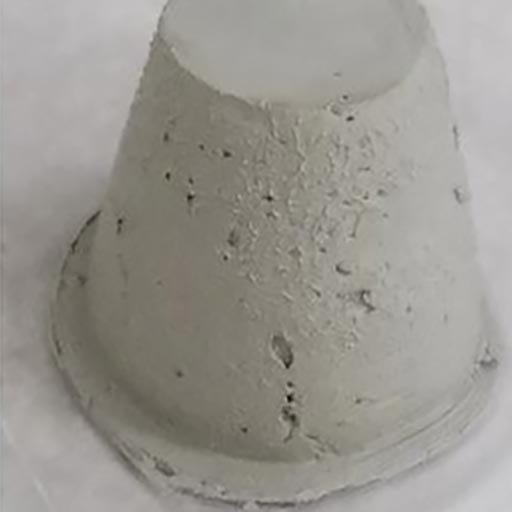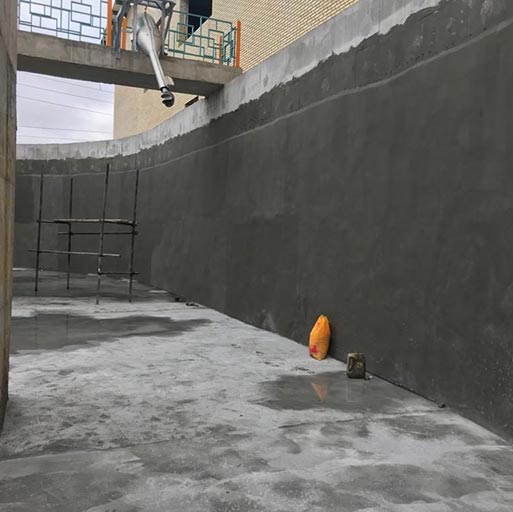Polished section analysis was employed to study the pore structure of model tile adhesive mortars containing different types of cellulose ethers (CE, respectively Methyl Cellulose, Hydroxyethyl- and Hydroxypropyl-Methyl Cellulose) at different dosages (0.3% and 0.8% by dry mortar mass). Flat layers of hardened mortar applied on an absorbing substrate were studied. To enhance the visibility of the air voids, the polished cross-sections were colored in black and talcum powder was pressed into the voids. Next, flatbed scanner was used to take the images. Due to a high level of agglomeration of pores, digital detachment was necessary in order to retrieve their original shapes and sizes. A stereological reconstruction of 3-D pore size distributions was performed based on the 2-D data from section analysis. Pore shapes were analyzed by determining circularity of the 2-D pore representations, a parameter that allowed estimating the extent of pores agglomeration that occurred in the analyzed mortars. It was found that higher dosage of CE resulted in a slight volume increase and a clear coarsening of the air voids. As shown by the analysis of circularity, this is likely due to higher extent of agglomeration at higher CE dosage.
Link: https://www.sciencedirect.com/science/article/abs/pii/S0958946515000864




